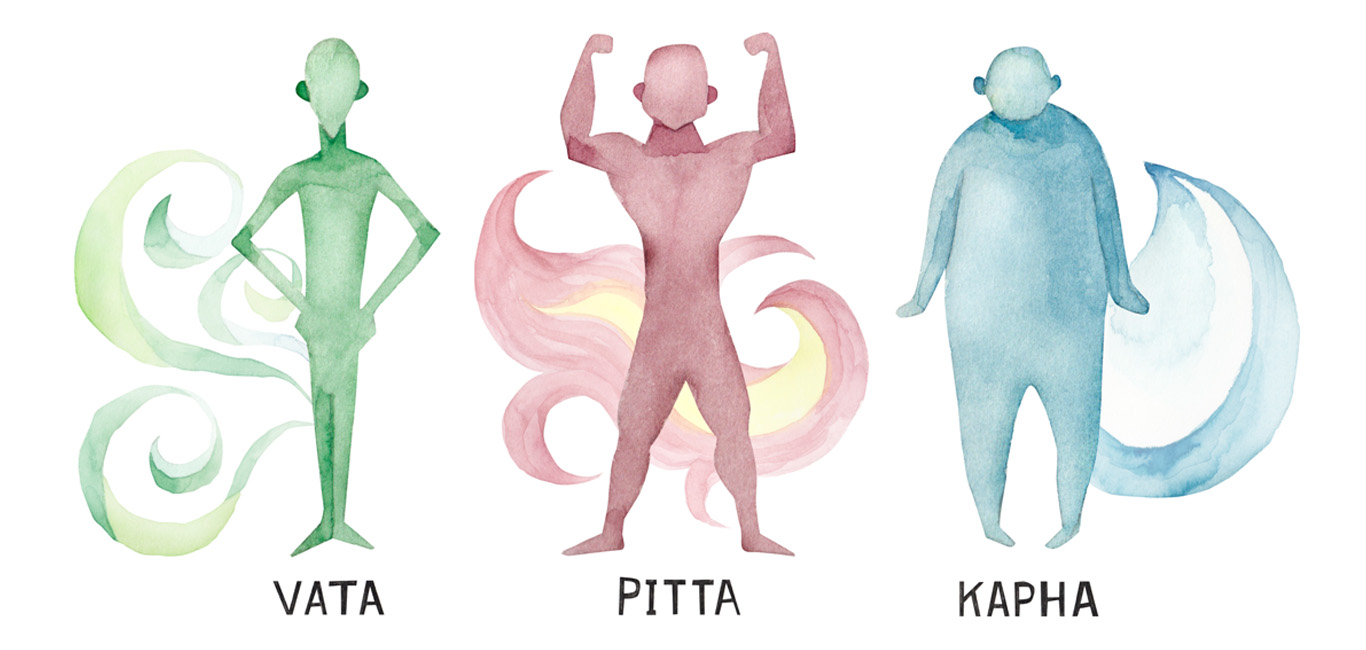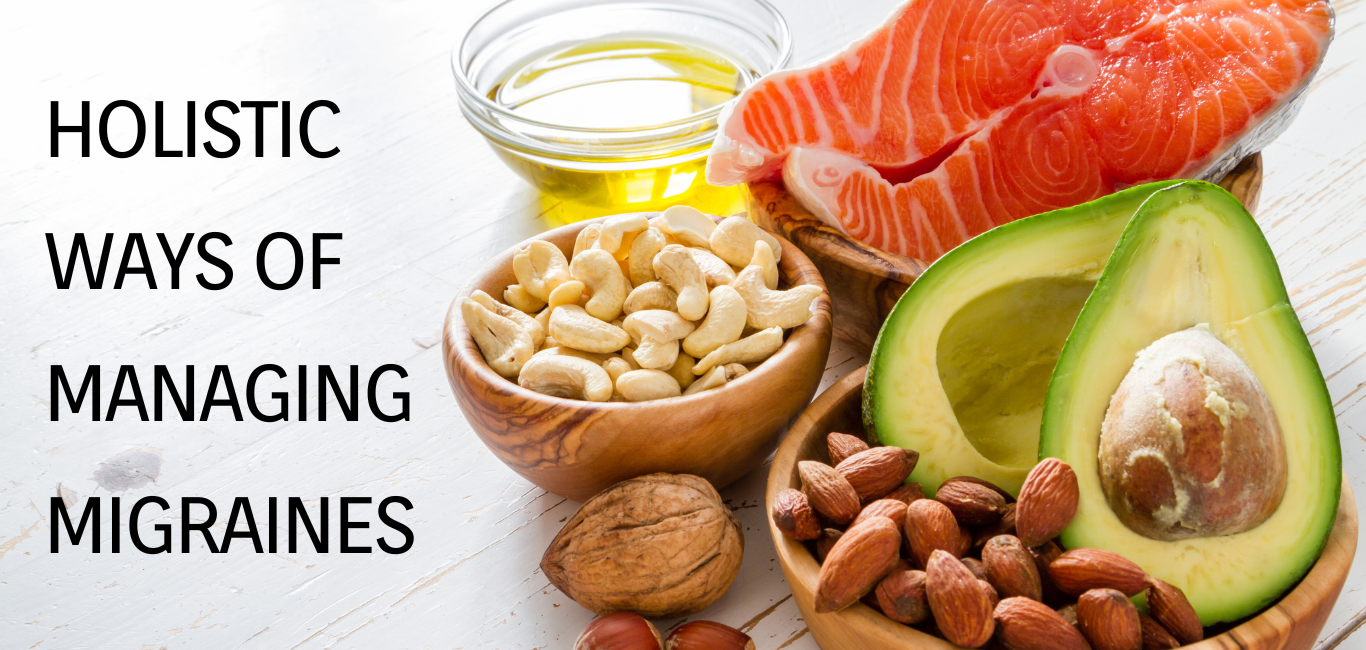
There is a major emphasis on the importance of a wholesome and balanced diet in ayurveda. This branch of science believes that the body’s constitution is formed and nourished by the food we eat. Adversely, mindless dietary habits can lead to different health conditions.
Ayurvedic practitioners believe that every individual has a unique permutation and combination of bodily elements (vata-pitta-kapha), and is their appetite, gut health, metabolism, and bowel habits. Being a holistic system of medicine, ayurveda follows a customised approach to every aspect of a person starting from dietary habits to day-to-day activities and health management.
Happiest Health talked to Dr Seema A N, a consultant at Ameya Ayurveda, Bengaluru. She throws light on the eating etiquette that ayurveda advocates.
“Understanding one’s appetite, gut and bowel habits (agni and koshta) is the first step in designing your diet,” says Dr Seema. Individuals should honour their appetite and the nature of their gut before deciding their platter, she adds.
Dr Divya Chauhan, an ayurvedic practitioner from Bengaluru explains, “Understanding various factors (dashavidha pareeksha) explained in ayurveda forms the basis for deciding the kind of food we eat.”
Let us understand what these factors are:
The body constitution is a unique concept in ayurveda, which seems simple, yet complex. It deals with analysing and categorising of individuals into three types – vata, pitta and kapha.
Multiple studies have identified that the ayurvedic concept of body constitution holds good even today. Researchers have identified that there is a clear link between body constitution and gut microbiome in a 2021 study published in the Journal of Biosciences.
“Dietary habits should be synchronised with an individual’s body constitution to prevent the occurrence of health conditions,” says Dr Chauhan.
People with a predominance of the air element (vata prakriti) are recommended to consume foods that have greater moisture content and are warm. Inversely, they should avoid foods that are cold and dry (frozen) in nature.
Those with a predominance of the fire element (pitta prakriti) are recommended to eat more liquids, cold drinks and foods that are fried in ghee. Inversely, they should avoid foods that are hot and heat-causing (chillies and spices) in nature.
People with a predominance (kapha prakriti) of the water element are recommended to consume warm food, spices and buttermilk. They are asked to avoid foods that are cold and heavy to digest (curds, raw veggies).
One should also consider the current state of metabolism as there is a strong link between seasonal changes or environmental factors and gut and oral microbiota. One will experience either increased appetite or decreased appetite as seasons change.
For instance, during the summer the body’s appetite and metabolism is considerably low. Ayurveda recommends consuming foods that are low in calories, easy to digest and liquid in nature to reduce the burden on the digestive fire.
Metabolism (ahara shakti) is a series of chemical transformations. The rate and extent of metabolism are again dependent on factors such as body weight, temperature and the environment.
A person with rapid metabolism (pitta predominance) might need to eat frequent meals or large portions while one with slow metabolism (vata predominance) might need small meal portions.
Body build and muscle mass are also considered important factors. People with slender and less muscle bulk may need more quantity while one with a stocky, bulky body type may need less.
Suitability or favourable foods – The concept of suitability (satmya) differs from person to person. Everyone has favourable/suitable foods based on their place of birth or place of residence.
A person in a cold and hilly region has different dietary habits from one in a warm, humid region.
“Your diet should be planned based on the place you live in to get accustomed to that environment,” says Dr Chauhan.
Ayurveda’s concept of mental composure (Satva) is significant in the current era as it stresses on being mindful while eating and making conscious choices.
The kind of foods we choose to eat decides our mood, behaviour and thought process. Ayurvedic physicians recommend moderation of spicy, oily, deep-fried, stored, stale, frozen foods (rajasic and tamasic foods) and adding more freshly prepared foods, fruits and seasonal vegetables (sattvic diet) to avail the maximum nutrition.
One’s energy requirement is often associated with the energy one spends daily. Individuals who do strenuous/laborious work require more energy than those leading a sedentary lifestyle.
Nutritional requirements alter as we age. An adolescent might need more nutrients than an elderly person.
Ayurveda experts always stress on maintaining a healthy and balanced diet for mind-body-soul balance. It is rightly said that we become what we eat. That does not just mean that one should follow the same diet for a lifetime. One has to keep modifying one’s diet keeping various factors in mind.

















